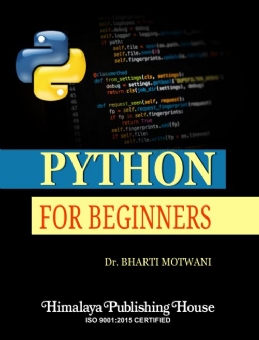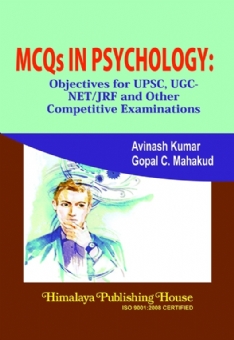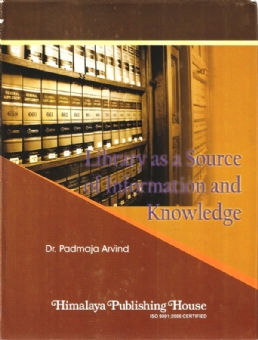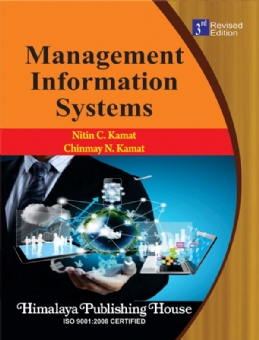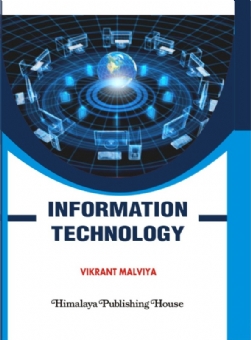Understanding the power of Python as a programming tool, visualization tool, data processing tool and a data analytical tool, this book introduces the readers to Python Programming and Libraries. It starts from the scratch and gradually increases the level by discussing all the concepts through example-driven approach. The core strength of the book is the application in real world scenario which helps in providing practical experience in programming and extracting insights from the data. This book is divided into three sections named as :
1. Core Programming in Python
2. Core Libraries in Python
3. Core Statistics in Python
The first section begins with an introduction to Python which includes installation of Python, different software available for Python Programming and how to get started in Python. This section then includes chapters related to control flow statements, user defined functions and data structures in Python. This section forms a base for beginners for Python Programming.
The second section comprises of basic modules and libraries in Python. This section have chapters related to basic modules, arrays using numpy library and array module, data processing using pandas, data visualization using matplotlib and seaborn and working with text data.
Topics related to statistical techniques in Python are covered in the last section. This section includes chapters related to basic statistical techniques, comparing means through parametric and non-parametric techniques and various regression models.
Contents –
Section I : Core Programming in Python
1. Introduction to Python
2. Control Flow Statements
3. User Defined Functions
4. Data Structures
Section II : Core Libraries in Python
5. Modules
6. Arrays using Module and numpy Library
7. Data Processing with pandas
8. Data Visualization with matplotlib and seaborn
9. Working with Text
Section III : Core Statistics in Python
10. Basic Statistical Functions
11. Compare Means
12. Regression

